Gallery: Architect and artist co-founded Wilkinson Eyre, the first practice to win Stirling Prize twice

Allford leads tributes: Chris Wilkinson’s death ‘a great loss to architecture’
Chris Wilkinson, co-founder of Wilkinson Eyre Architects and one of the leading architects of his generation, has died aged 76.
The practice announced his death today in a short statement.
“It is with deep sadness that Wilkinson Eyre announce the death of Chris Wilkinson on December 14. Our thoughts are with his family who have requested privacy at this time,” it said.
Wilkinson, who cut his teeth working for some of the biggest names in architecture – Norman Foster, Richard Rogers and Michael and Patty Hopkins – founded Chris Wilkinson Architects in 1983. It became Wilkinson Eyre four years later when Jim Eyre became a partner.
The practice went on to win two Stirling Prizes – the first architect to achieve that honour – for the Magna Science Centre in Rotherham in 2001 and the Gateshead Millennium Bridge over the Tyne in 2002.
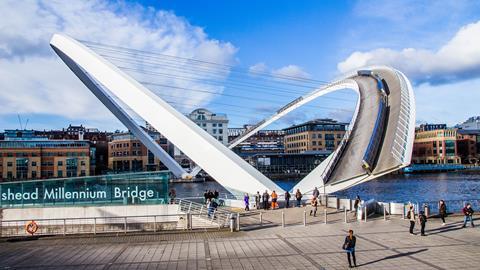
Bridges became a hallmark of the pratice but other key projects include the Market Depot and Jubilee Line Extension station both at Stratford, Guangzhou International Finance Centre in China, the Crown Sydney Resort Hotel on the Darling Harbour Waterfront and the Mary Rose Museum in Portsmouth.
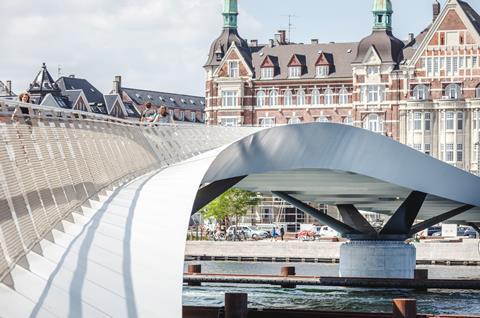
Wilkinson was made an OBE in the millennium honours list and was also an honorary fellow of the American Institute of Architecture. He received honorary doctorates from Westminster University and Oxford Brookes.
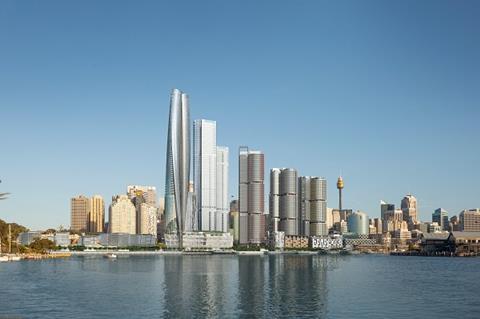
He was just as proud to be an artist and painter. He was elected a Royal Academician and his work exhibited at the RA where he also served as treasurer and chaired the client committee.
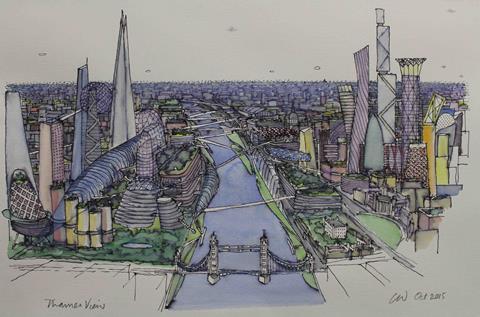
He had been an external examiner for the Mackintosh School of Art, Westminster and the Bartlett as well as being a Historic England commissioner and a patron of the Civic Trust Awards
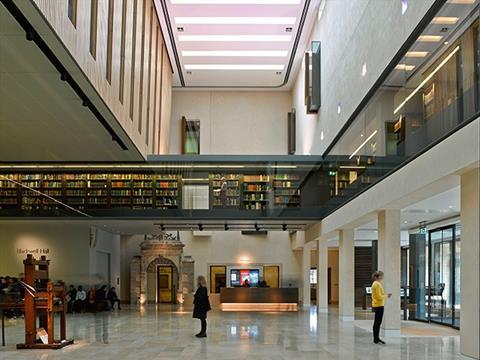
He is the author of Supersheds and co-author of Bridging Art & Science, Exploring Boundaries, Tectonics and Works.
His CV on the practice website states: “His belief that architecture bridges art and science has been a fundamental basis for the practice ethos and he reinforces this with his own drawings, paintings and writings.
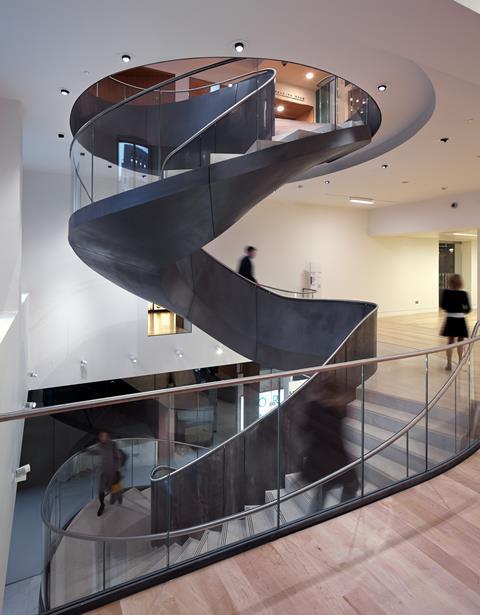
“Throughout his career, Chris has based each design on a rigorous investigation of the specificity of the brief and context, which has led to each project being individual and different.
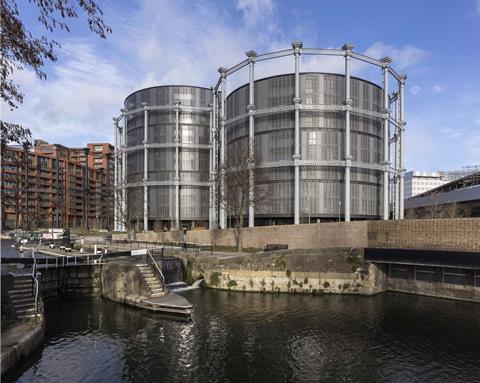
“Having seen technology as the backbone of modernism, Chris has continued to explore new technologies but looks to incorporate a more inspired poetic approach into the narrative that gives depth and meaning to the design solutions.”



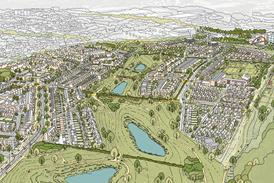
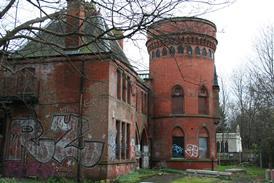
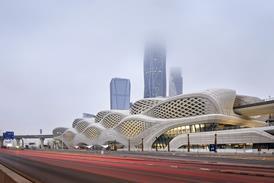
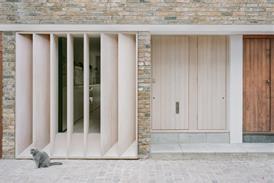










4 Readers' comments